Animatronic Eevee Tail
A wearable to complement an Eevee Gijinka cosplay
A wearable to complement an Eevee Gijinka cosplay
To make the experience fit your profile, pick a username and tell us what interests you.
We found and based on your interests.
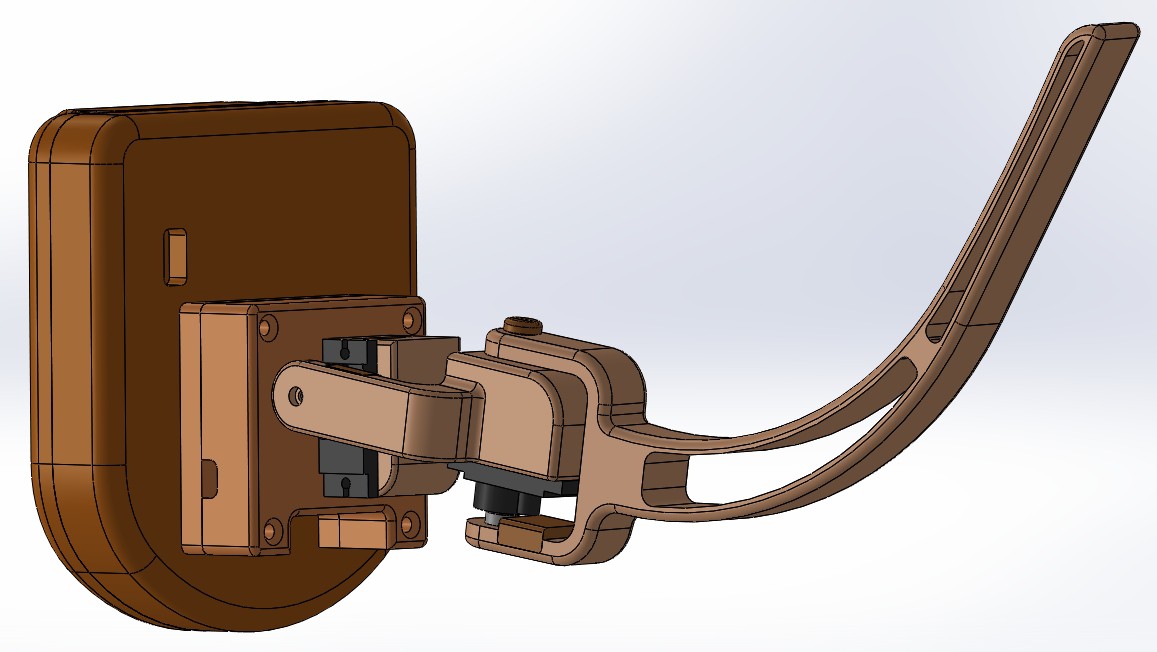
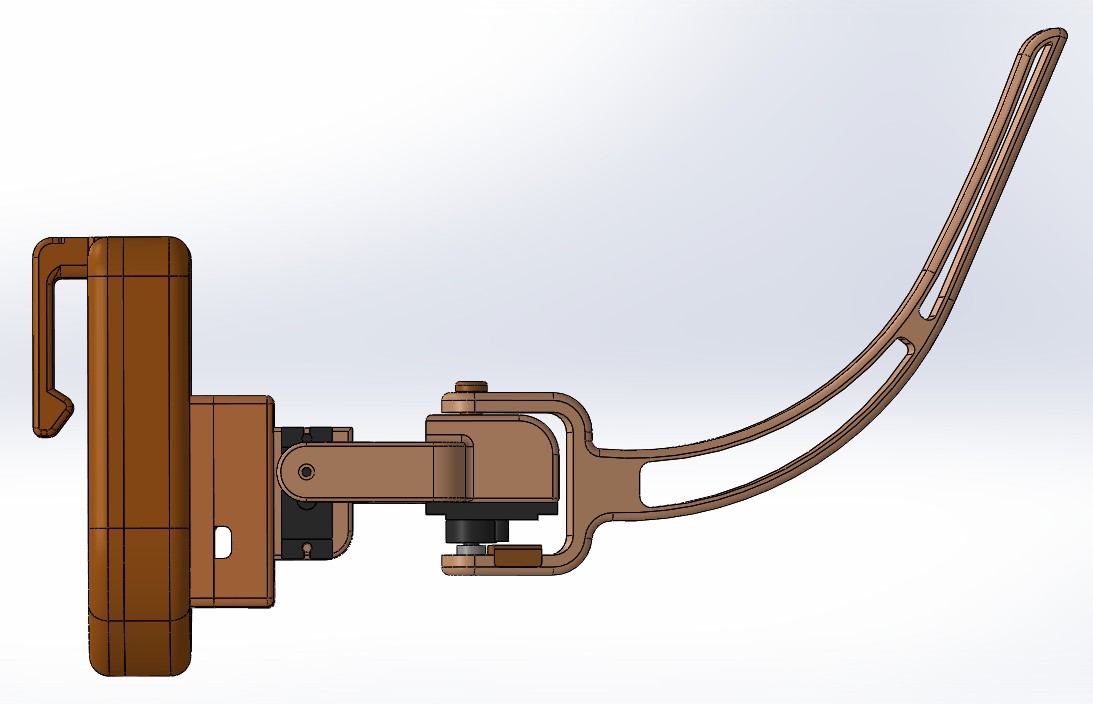

After two prototypes (and lots of iterations for the tail bones), I can say that this will be the final design for the tail!
Today I was able to finish the code to control the tail... It was more difficult than I had thought, but the result was quite satisfying. The tail now moves following the wearer's movements, and it stands still when it detects that the user is sitting down.
Yesterday I made this video, featuring the first prototype (printed in transparent green PLA). As you can see, the electronics and the tail's "skeleton" are fully functional now.
An accelerometer senses the user's movements, and an Arduino mini pro translates it into commands for the two servos that move the tail. Right now, there's a delay of 0.5 seconds between detection and the servo's movement - This is intentional, and in the final version the delay will be replaced by a smooth, more natural movement.
Today, I want to share how I built the tail's "skeleton".

The starting point was the basic mechanism: Two servos that provide motion for the tail. However, it doesn't even look like a tail! So, I needed some reference pictures.
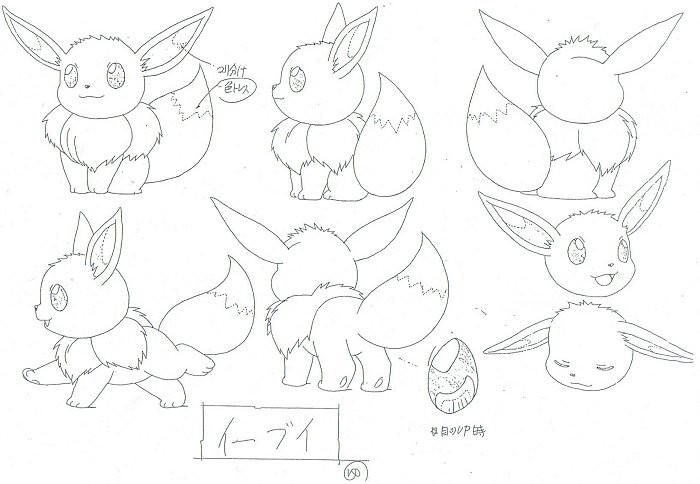
Luckily, I found this useful reference sheet for Eeeve, where it's easy to see the shape of its tail and how it behaves while moving.
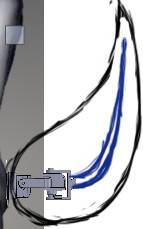
For the next step, I took a screenshot of the basic mechanism and drew the shape of the tail over it. Then, I made some adjustments to the parts to match them to the drawing... And this was the result.
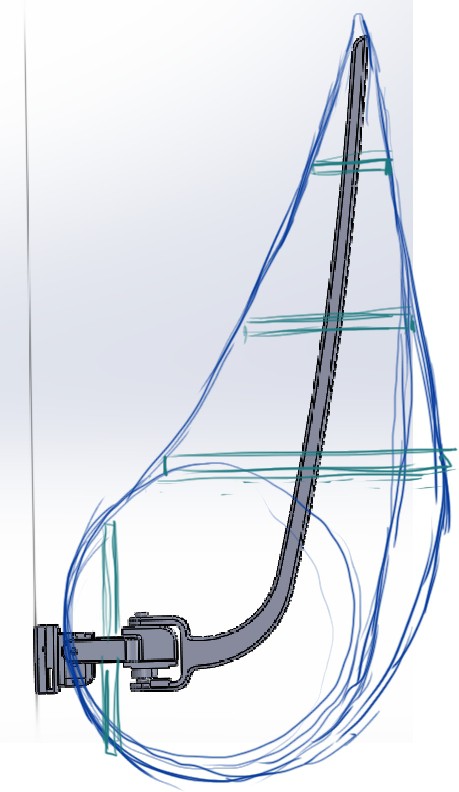
Afterwards, I decided to repeat the process, this time to implement a series of "disks" that will act as supports, preventing the tail from losing its shape.
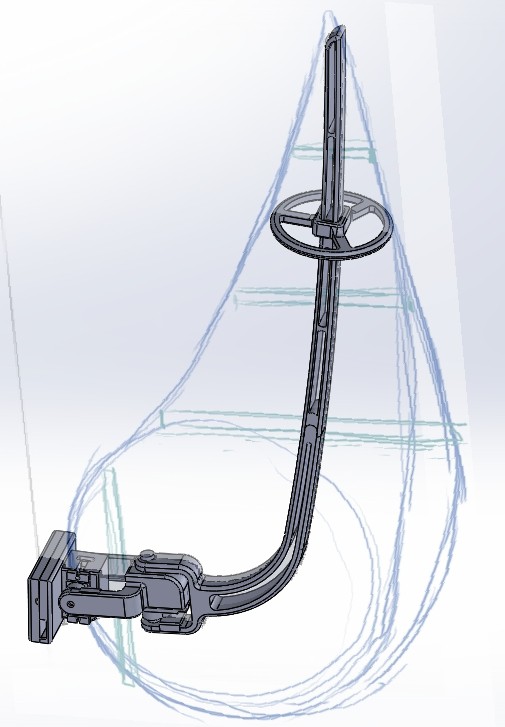
This is the second test (but the first one that I record on video) to evaluate the tail's mechanism. I wanted to make sure that the servo brackets and its pins would resist the movement without breaking or getting loose.
Create an account to leave a comment. Already have an account? Log In.
Thank you very much! Before starting this project, I ran into this website: http://www.wolftronix.com/tail/ - it looks like the concept you described, maybe they are the same?
However, I'm really obsessed with being faithful to the source, so I checked out the Pokédex in Pokémon X (which features animated 3D models that you can rotate and check from different viewing angles) and the tail doesn't move like a tentacle... It was more like a "circling" movement, while the tail itself keeps its shape, always poiting upwards. That's why I decided to make this mechanism instead of using the one developed by Wolftronix.
Sorry I didn't reply sooner -- meant to, and forgot.
Mine was from a different site. Here's one of the photos, on that site -- http://www.fursuit.de/cms/index.php/Animatronik#Tail (it's in German)
I had actually tracked down the site owner and gotten two photos from him (and the accounting I gave above, of the tail's limited abilities and eventual demise) that are *not* on that site.
You're right! My friend only asked me to make the tail, but I'm going to ask her if she wants to use the ears, too.
Oh, I haven't realized that you were the creator behind the #Mechatronic Ears (neither that it was possible to mention a project using the # sign) - I saw it some days ago, and I was impressed on how you were able to fit the parts in a reduced.
Great work, man! If she accepts to use the ears, I'll follow your project as a reference!
Become a member to follow this project and never miss any updates
By using our website and services, you expressly agree to the placement of our performance, functionality, and advertising cookies. Learn More
I've three photos of a tail done for a similar sort of costume, that worked a bit like the 'tentacle' mechanism Hackaday did a blog post series on -- basically, there were two servos that each worked a pair of cables. One cable let out as the other pulled in. According to the original owner and builder (not me), because it was done some years ago with not-modern batteries and not-modern servos, it was kind of clumsy and didn't work very well or for very long. That said, it /did/ work.
I'm afraid that that's all I know. The builder/owner has since disassembled and/or discarded the mechanism, and since English was not his first language, there was a bit of a barrier to getting the full details.
That said, if you're at all interested in those photos, let me know and I'll get them to you somehow.